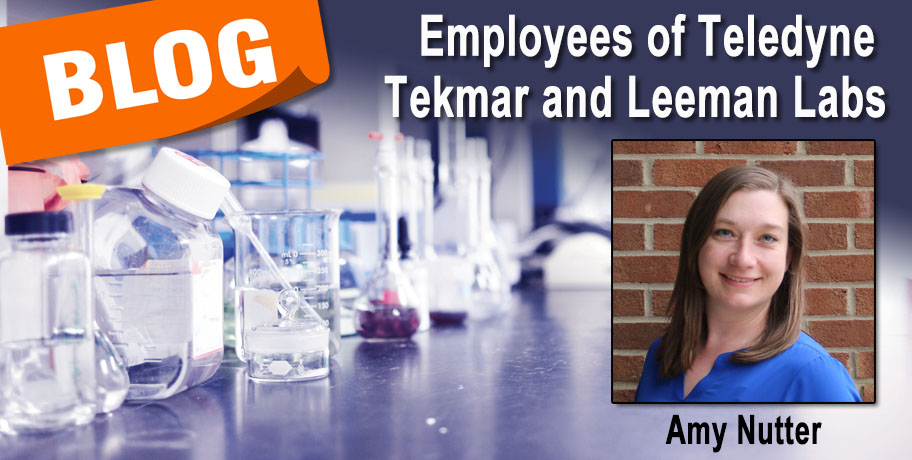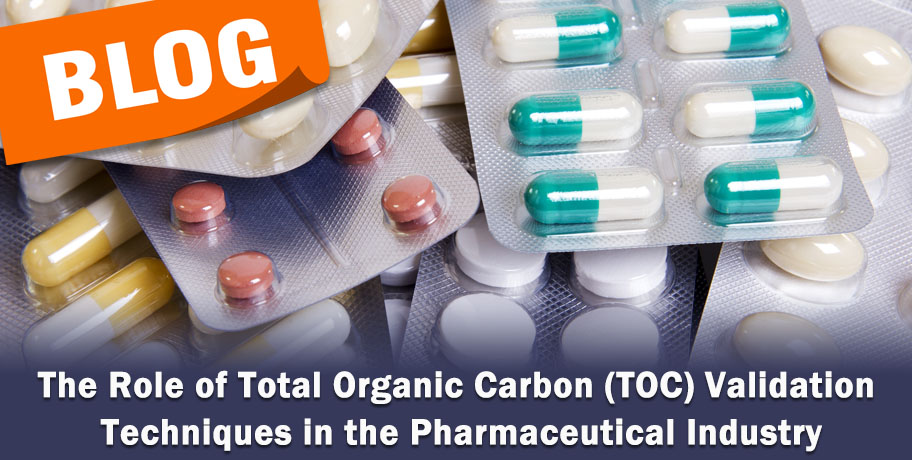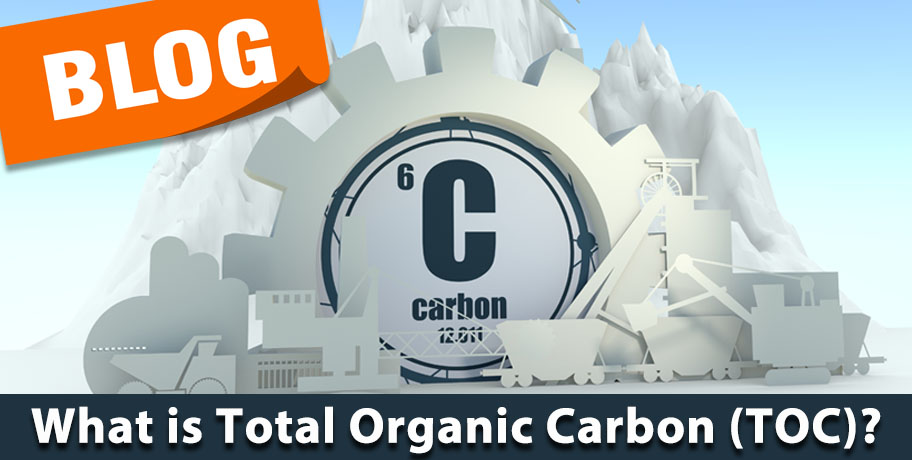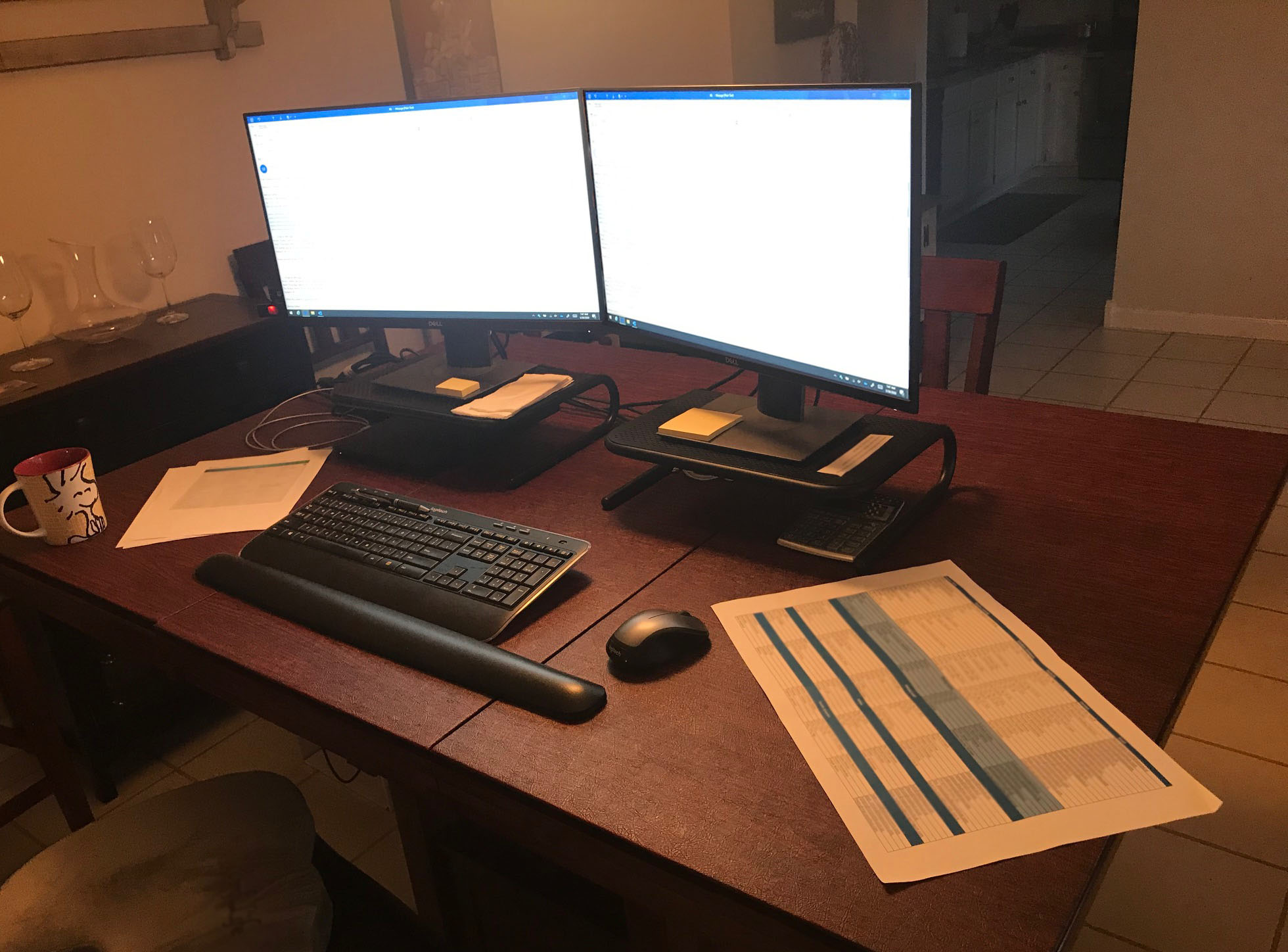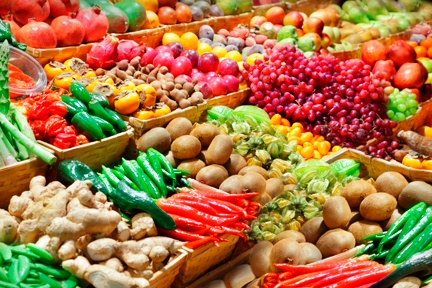With today’s blog, let’s get to know the employees of Teledyne Tekmar/Leeman Labs. The next person I I would like to introduce to you is Susan Scheib.
Susan Scheib wears many hats at Teledyne. Her primary focus is Service Agreement Manager for TACS and Depot Repair Manager for Teledyne Hastings. She is also involved as backup Import/Export Administrator for Teledyne Tekmar/Leeman Labs. She has been with Teledyne Tekmar for 22 years and began her full-time career as a Technical Support Specialist. Susan is well versed in all the products that Teledyne Tekmar/Leeman Labs manufactures and has quickly learned the Teledyne Hastings products in her new role there.
Let’s ask Susan some questions to get to know them better.


